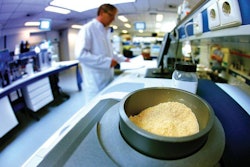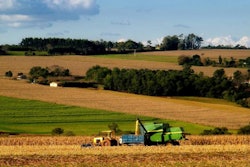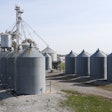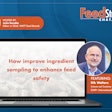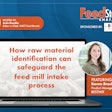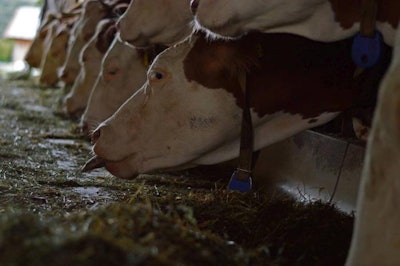
It is the absence rather than the presence of technical additives that may be the cause of problems in manufacturing, storing, distributing and handling of animal feeds. In general, good quality feed that is based on a well-designed formula and prepared under appropriate manufacturing conditions requires little or none at all in terms of agents preserving or enhancing its physicochemical characteristics. But, under most commercial practices, which cannot be ideal if they are to remain profitable, certain technical additives are deemed essential. Below is a non-exclusive list of the most common technical additives, along with my experiences in the last 25 years.
1. Flavoring agents
Traditional thought calls for piglets to be indifferent to feed flavors when they are given a fresh diet of good quality. Nevertheless, flavoring agents and aromas are frequently used based on the marketing appeal of such products to the person buying or handling feed. Common flavors (in order of preference by humans based on non-scientific evidence) are coconut, milk/vanilla and strawberry. Modern types of flavors and aromas come with new claims regarding increased animal acceptance, and as such, these additives have become brand-specific, making generalizations irrelevant.
2. Colorants
Colorants (yellow and orange) are often used to mask changes in ingredient composition that significantly alter the color of the finished product. Flavors may be used to the same effect. The use of colorants is not widespread, but their usefulness is without doubt as they help to market a uniform product. Animals are not responding to colorants in feed, whereas iron-based colorants may promote E. coli proliferation in the gut of young animals.
3. Insecticides
Insecticides are used only when certain raw materials or products may become susceptible to insect infestation from prolonged storage under unfavorable conditions. Diatomaceous earth is a natural insecticide. It is better to control insects with other means without burdening the animal with one more additive to handle.
4. Antioxidants
Antioxidants are strongly recommended for diets containing high concentrations of lipids. They are also used in feeds prone to oxidation due to unfavorable storage conditions. Common examples of antioxidants include ethoxyquin, butylated hydroxytoluene, citric acid and vitamin C. The last two antioxidants are usually too expensive to be used as antioxidants in most piglet diets, but if they are used for other purposes, they might negate the use of other antioxidants. Natural antioxidants are frequently marketed, but their effectiveness remains unclear.
5. Mold inhibitors
These products prevent growth of molds already present in raw materials and feed. The most common mold inhibitor is propionic acid in various commercial preparations including multi-blends of acids and other ingredients. Mold inhibitors do not bind mycotoxins (the toxins produced by molds). Mold inhibitors are recommended only in extreme environmental conditions.
6. Mycotoxin binders
These compounds inactivate mycotoxins produced by molds present in raw materials and finished feed. Common mycotoxin binders include bentonite and zeolite (among many other clay-based products), yeast cell derivatives, activated charcoal, enzymatic deactivators and aluminosilicate preparations. Mycotoxin binders do not inhibit growth of molds. Their use is widespread in areas known to be affected heavily by mold infestation, especially around harvest time. In contrast, other areas tend to dilute infested grains instead of using such binders.
7. Pellet binders
Pellet binders markedly improve pellet durability, but very hard pellets may reduce feed intake in piglets. On the other hand, durable pellets minimize dust and reduce feed selection in poultry. The most common pellet binders include molasses, clays, starches and various lignin and hemi-cellulose products. Adding wheat in a maize-soybean meal based diet usually improves pellet quality. The same effect can be achieved by adding whey protein concentrate.
8. Flow enhancers
These additives are used in meal-type products to improve flowability, especially when such products include high levels of hydroscopic dairy ingredients. Common examples include sepiolite, zeolite and flaked oats. Flow agents usually dilute the nutrient density of the finished product as their inclusion rate is upwards of 1 percent of the final product. Mineral oil is usually added in dried whey to improve its flowability, but this might have negative effects in terms of feed intake.
In general, technical additives have little to do with the animal, at least directly. They are used to preserve, correct or enhance the inherent quality of feeds. Their use should be targeted to specific problems.



